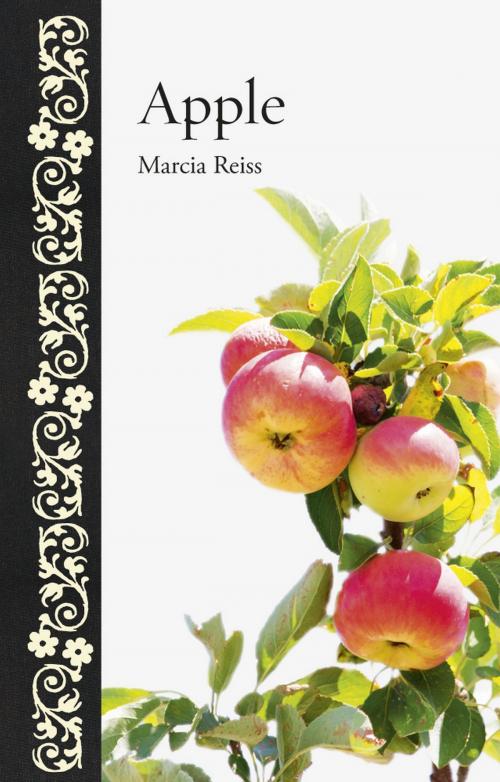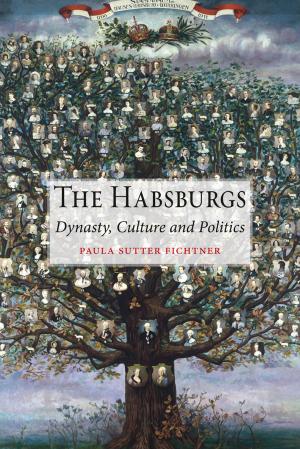| Author: | Marcia Reiss | ISBN: | 9781780233826 |
| Publisher: | Reaktion Books | Publication: | November 15, 2014 |
| Imprint: | Reaktion Books | Language: | English |
| Author: | Marcia Reiss |
| ISBN: | 9781780233826 |
| Publisher: | Reaktion Books |
| Publication: | November 15, 2014 |
| Imprint: | Reaktion Books |
| Language: | English |
Gala and Honeycrisp. Pink Lady and Pacific Rose. King Luscious and Winesap. The names of apples are as juicy as the fruit itself. One of the most widely distributed fruits on the planet, apples have always meant something beyond food and drink—their seeds have been planted deep within the myths, religion, and art of nearly every culture. They are symbols of beauty, desire, and sin; signs of hidden poisons and healthy eating; emblems of computers, phones, and music. Exploring the symbolism, art, and literature of the apple, as well as its botanical background, Marcia Reiss follows this iconic fruit from its origins to its now-ubiquitous presence in our world.
Journeying back to the apple’s germination in the mountains of Central Asia, Reiss travels along the Silk Road to Europe and the New World. She reveals that, from Charlemagne to Johnny Appleseed to the colonization of South Africa, where settlers were required to plant apple orchards that led to the development of new towns, apples have become a global commodity. In addition to delving into the latest debates about chemical sprays, Reiss looks at the rise of heirloom orchards and the hopes and fears of genetic developments. She also tells the parallel tale of apple cider, its decline during the Temperance Movement and its return as an artisanal alternative to wine. Beautifully illustrated with historic and contemporary images and containing a directory of popular and heirloom varieties, Apple is a book ripe for devouring.
Gala and Honeycrisp. Pink Lady and Pacific Rose. King Luscious and Winesap. The names of apples are as juicy as the fruit itself. One of the most widely distributed fruits on the planet, apples have always meant something beyond food and drink—their seeds have been planted deep within the myths, religion, and art of nearly every culture. They are symbols of beauty, desire, and sin; signs of hidden poisons and healthy eating; emblems of computers, phones, and music. Exploring the symbolism, art, and literature of the apple, as well as its botanical background, Marcia Reiss follows this iconic fruit from its origins to its now-ubiquitous presence in our world.
Journeying back to the apple’s germination in the mountains of Central Asia, Reiss travels along the Silk Road to Europe and the New World. She reveals that, from Charlemagne to Johnny Appleseed to the colonization of South Africa, where settlers were required to plant apple orchards that led to the development of new towns, apples have become a global commodity. In addition to delving into the latest debates about chemical sprays, Reiss looks at the rise of heirloom orchards and the hopes and fears of genetic developments. She also tells the parallel tale of apple cider, its decline during the Temperance Movement and its return as an artisanal alternative to wine. Beautifully illustrated with historic and contemporary images and containing a directory of popular and heirloom varieties, Apple is a book ripe for devouring.















